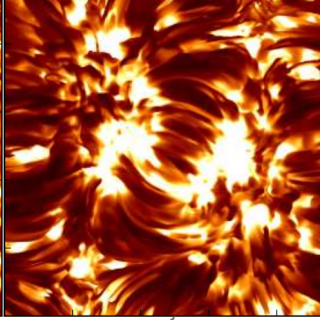Bibcode
Asensio Ramos, A.; Ramos Almeida, C.
Bibliographical reference
The Astrophysical Journal, Volume 696, Issue 2, pp. 2075-2085 (2009).
Advertised on:
5
2009
Journal
Citations
67
Refereed citations
56
Description
Our aim is to present a fast and general Bayesian inference framework
based on the synergy between machine learning techniques and standard
sampling methods and apply it to infer the physical properties of clumpy
dusty torus using infrared photometric high spatial resolution
observations of active galactic nuclei. We make use of the
Metropolis-Hastings Markov Chain Monte Carlo algorithm for sampling the
posterior distribution function. Such distribution results from
combining all a priori knowledge about the parameters of the model and
the information introduced by the observations. The main difficulty
resides in the fact that the model used to explain the observations is
computationally demanding and the sampling is very time consuming. For
this reason, we apply a set of artificial neural networks that are used
to approximate and interpolate a database of models. As a consequence,
models not present in the original database can be computed ensuring
continuity. We focus on the application of this solution scheme to the
recently developed public database of clumpy dusty torus models. The
machine learning scheme used in this paper allows us to generate any
model from the database using only a factor of 10-4 of the
original size of the database and a factor of 10-3 in
computing time. The posterior distribution obtained for each model
parameter allows us to investigate how the observations constrain the
parameters and which ones remain partially or completely undetermined,
providing statistically relevant confidence intervals. As an example,
the application to the nuclear region of Centaurus A shows that the
optical depth of the clouds, the total number of clouds, and the radial
extent of the cloud distribution zone are well constrained using only
six filters. The code is freely available from the authors.
Related projects

Magnetism, Polarization and Radiative Transfer in Astrophysics
Magnetic fields pervade all astrophysical plasmas and govern most of the variability in the Universe at intermediate time scales. They are present in stars across the whole Hertzsprung-Russell diagram, in galaxies, and even perhaps in the intergalactic medium. Polarized light provides the most reliable source of information at our disposal for the
Ernest
Alsina Ballester